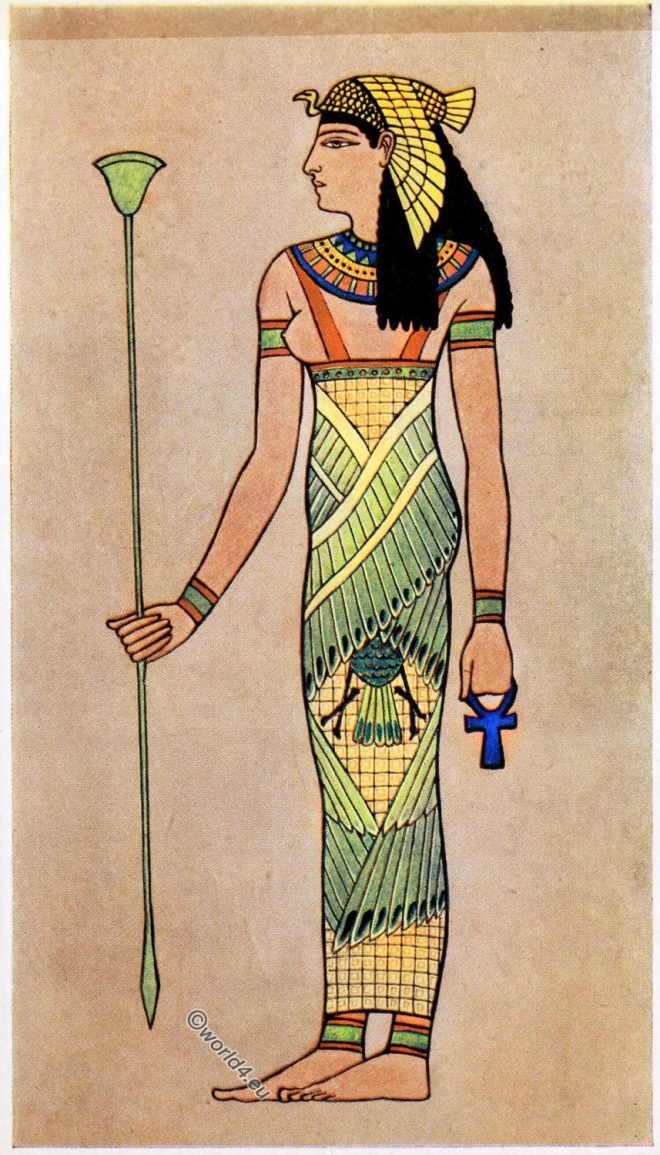Chapter II. Roman, Greece and Egypt. The Corset and the Crinoline.
Tag: Crinoline
The Corset and the Crinoline. Chapter I.
The origin of the Corset. The Corset and the Crinoline.
The Corset and the Crinoline. Chapter VII.
The Corset and the Crinoline. Chapter VII. Starving and Lacing. Louis XVI Dress in 1776. George III.
Fashion silhouettes of the 19th century.
Restoration (1814-1830), Romantic period (1830-1848), Second Empire (1852-1870).
An embroidered mantle with a cape of very fine point d’Alençon.
A lace worked dress, in circular shape, furnished with a lace cape reaching to the top of the embroidery, of very fine point d’Alençon.
Early Victorian fashion around 1860. Informal afternoon outfit.
Man in striped suit with frock coat, flat hat, lace-up tie and checked waistcoat. The woman wears a voluminous dress, the waist figure accentuated, the skirt supported by a steel frame.
England Early Victorian. The crinoline of the mid-forties of the 19th century
Early Victorian. 1840-1865. The crinoline of the mid-forties was probably the most concealing costume ever worn by women.
The Fashion of the Crinoline in the Reign of Napoleon III. Empire français.
The Reign of the Crinoline. Petticoats, Cashmere shawls, Pompadour parasols. Dressmakers, like tailors, had begun to deal in ready-made garments.
Paris. La Mode illustrée 1846. Lingerie de Daniel Deray.
Chapeaux de Mariton. Lingerie de Daniel Deray. Corsets de Mme. Dumoulin.
Glamorous life in 1850. Fashions under the Restoration.
La vie Mondaine en 1850. Echoes of Bon Ton and of the life of fashion in 1850










